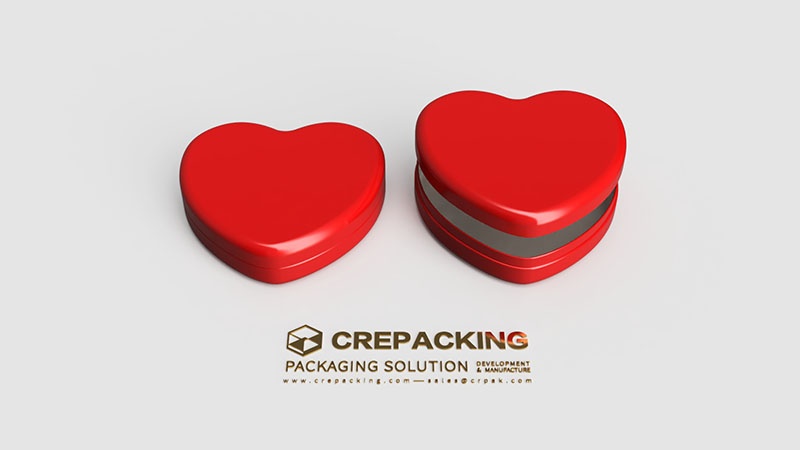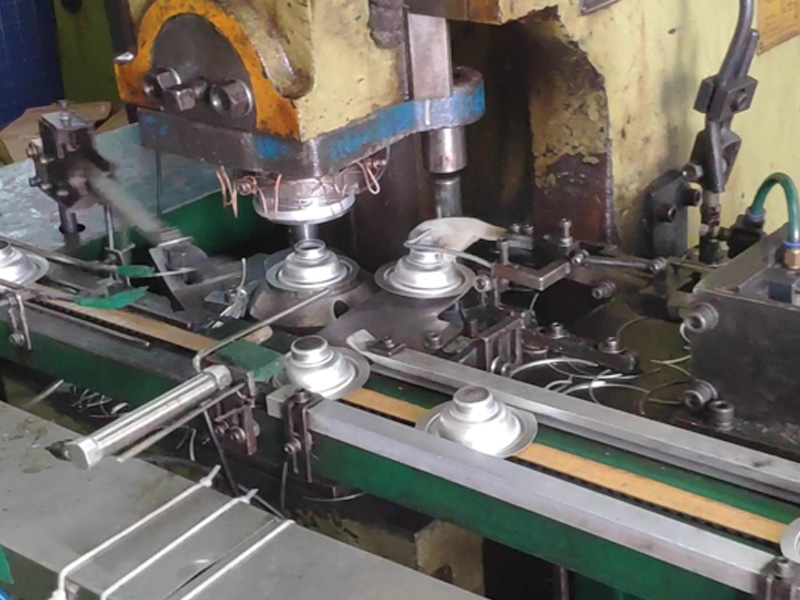
Well known that the main raw material for a tin box is tinplate, with a coating and printing on the outside. So how is it produced?



Tinplate is made from whole rolls of the sheet. We need to determine the size of a printing plate according to the size of the product and then cut the rolls. The neatly cut sheets are stacked together like printer paper and sent to the print shop. If colours are required, each sheet is coated with a printing primer and then printed in layers according to the colour required. After each print run, the sheets are baked in a machine oven to consolidate the colours. After the colour printing is completed, the sheet is coated with a protective coating and various effects such as varnish finishing, matt finishing, rubber finishing, pearl finishing, etc., depending on the final effect required.



Once all the printing has been completed, the sheet is sent to the cutting room. We will cut the printed sheets before machine production according to the production requirements. If it is a standardised product with a high order volume and a single model and style, we arrange for it to be produced on a fully automated line and we will send the sheet to the production line machines for direct production. However, there are still some special products where each step needs to be carried out manually by workers.



If the product has embossing or hollowing, we need to do this before the box is formed. All materials chosen by CREPACKING are in compliance with food packaging safety standards. This is the simple process by which a tin box is made at CREPACKING. In our video clip, you can also see part of our production process.
After the boxes are formed they are sent to the packing shop for cleaning and quality checking, then the workers will sort and pack them according to the product's packaging requirements. The finished cartons are then stacked on pallets and sent to the warehouse for storage pending distribution.



